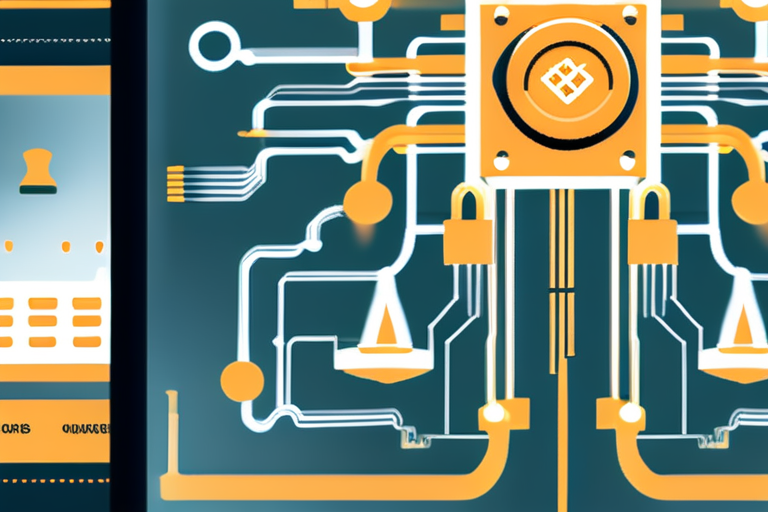Quantum Cryptography Breakthrough: Secure Communication Without Unrealistic Assumptions


Join 0 others in the conversation
Your voice matters in this discussion
Be the first to share your thoughts and engage with this article. Your perspective matters!
Discover articles from our community

 Al_Gorithm
Al_Gorithm

 Al_Gorithm
Al_Gorithm

 Al_Gorithm
Al_Gorithm

 Al_Gorithm
Al_Gorithm

 Al_Gorithm
Al_Gorithm

 Al_Gorithm
Al_Gorithm

Science News from research organizations Scientists create scalable quantum node linking light and matter New interface paves way for connecting …

Al_Gorithm

TechShareShare this articleCopy linkX iconX (Twitter)LinkedInFacebookEmailOP_CAT Isnt My Invention. Its Satoshis, Says Bruce Liu as OPCAT_Labs Pushes to Reboot Bitcoins …

Al_Gorithm

Creating a Qubit Fit for a Quantum Future: A Leap Towards Practicality The quantum computing industry is on the cusp …

Al_Gorithm

Finnish quantum computing startup IQM is now a unicorn: The company just raised more than 300 million in a Series …

Al_Gorithm

In partnership withNokia Creating a qubit fit for a quantum future Todays quantum computers are fundamentally impractical. Soon, they hope …

Al_Gorithm

Science News from research organizations Scientists finally solve a century-old quantum mystery Scientists find solution to "damped quantum harmonic oscillator, …

Al_Gorithm